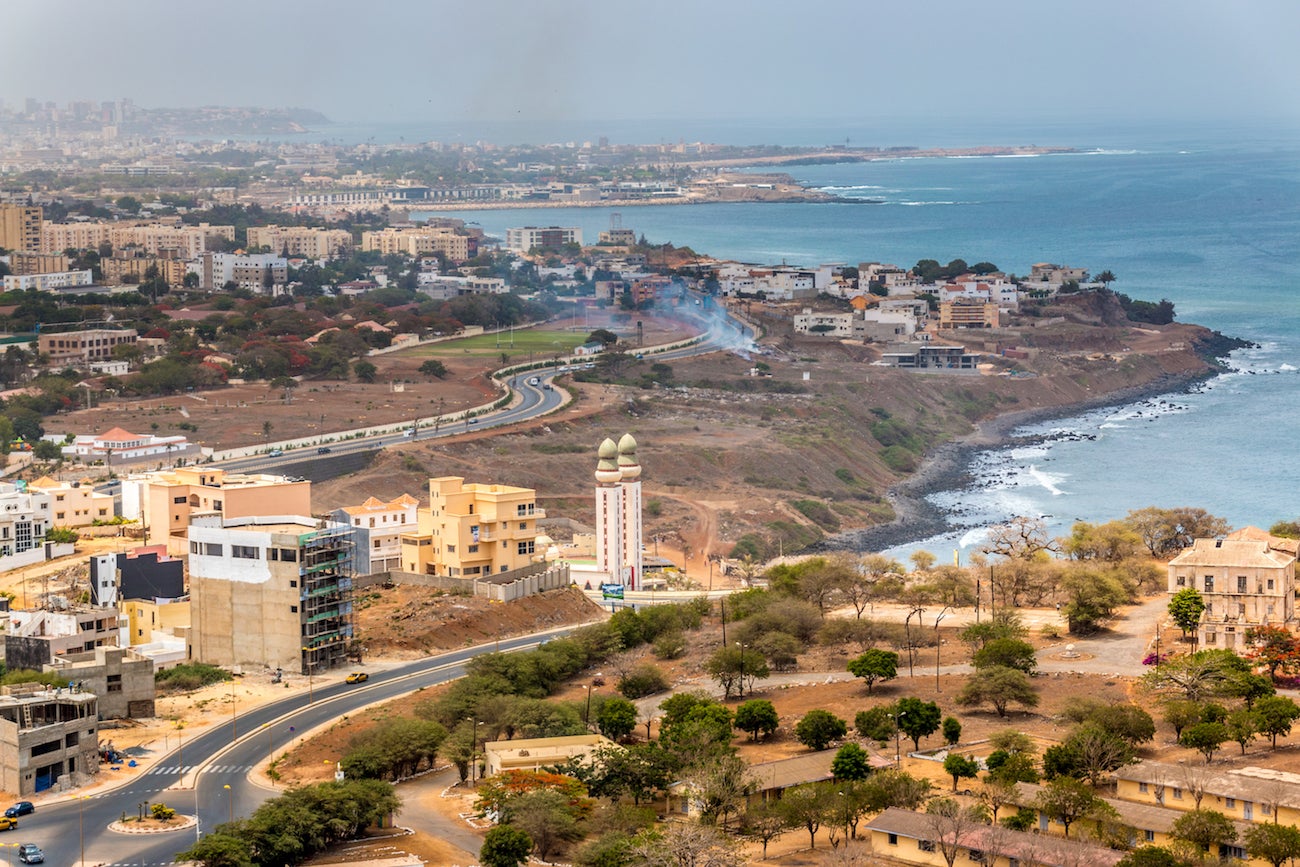Background
In Senegal, a proactive approach to gathering data through nationally representative assessments has helped the country determine priorities for implementing changes to facility infrastructure and amenities.
Facility density and distribution
Senegal’s facility density and distribution is driven by three main sectors: The Ministry of Health (MOH), the private sector, and the country’s armed forces. The majority of health care facilities (71%) are managed by the MOH, with more than 90 percent of these health posts managed by a nurse or midwife. The private sector is responsible for another quarter of health care facilities, including private hospitals and clinics; the armed forces operate two hospitals, military base medical centers, and health posts, open to military family members and civilians 1. As Senegal plans to expand its health facility infrastructure through 2023, hundreds of health posts, health centers, and hospitals are expected to open in an effort to increase facility density as well as ensure they are appropriately equipped. These target every region of the country, with number and location prioritized by communities’ needs. For example, Dakar, the capital region with the highest population, will add an additional 52 health posts. Tambacounda, a geographically large and more sparsely populated region on the eastern border, will see one of the largest additions, 28 new posts, to help improve equity in facility distribution across the country 2.
Facility amenities and equipment
In 2010, Senegal was one of the two pilot-test countries for the Service Delivery Indicators survey, which measures the availability of key inputs and resources in health facilities 3. That pilot survey found that on average only 39% of PHC facilities reported access to basic infrastructure – electricity, clean water, and improved sanitation – with this lack of resources disproportionately concentrated in rural areas (27% with access compared to 95% in urban areas) 4. About half (53%) of health facilities reported the presence of basic medical equipment – a thermometer, stethoscope, and weighing scale – again with a substantial rural/urban divide: 46% of rural vs. 87% of urban health facilities reported such equipment 5. Two years later, in 2012, the country conducted its first Service Provision Assessment (SPA) and found that while more than half of health care facilities had basic water services (61%), nearly a quarter (24%) had limited service, and 14% had none. Availability of hand-washing materials was fairly high (86%), as were basic sanitation services (81%), with another 12% piped to sewer. Seventy-four percent of health care facilities had limited waste management and disposal, and another 23% had safe waste management and disposal 5.
Taking action on infrastructure assessments
In 2012 Senegal became only the second LMIC country to adopt the Continuous Demographic and Health Survey (CDHS) and, in conjunction, a continuous SPA (CSPA) survey 6. Having new data more frequently than five-year intervals helps maintain a better data flow to inform health policy and prioritization 6. The SPA became part of the Senegal Continuous Survey, and the information provided by this survey is the only source that measures how the population assesses quality of health services 6. Supported by the continuous DHS and annual infrastructure assessments, in 2014 Senegal’s Ministry of Health and Social Action embarked on a single, national strategy to harmonize community health programs and initiatives into one integrated approach 78. The main goals of the strategy focused on improving coverage and quality of community health services, strengthening community participation in problem solving for health issues, and ensuring sustainability of community health interventions 7. Steps to achieve these goals prioritized improving supply systems for essential medicines and products, harmonizing service packages, and improving equity of access 7.
The assessments reflect continued prioritization and improvement in healthcare facility infrastructure. After the 2012 SPA, Senegal’s Ministry of Health took actions to equip health huts, the lowest level of health system, to provide injectable contraceptives; provide in-service training for health care providers on long-lasting family planning methods; and order malaria diagnostic and treatment supplies be restocked at all health service delivery sites 8. While only 61% of health care facilities had regular electricity or internet access in 2017, that year’s SPA found 94% of health care facilities now had improved water services; 99% had visual and auditory privacy for patient exams; and 99% had latrines or other basic sanitation services for patients 9. The CDHS and CSPA together provide essential health system performance indicators for Senegal, providing data on infrastructure that are for action. As a Government of Senegal representative mentioned in a USAID review of the continuous assessment process, “if the survey shows the coverage isn’t good, we can do something” 6.

